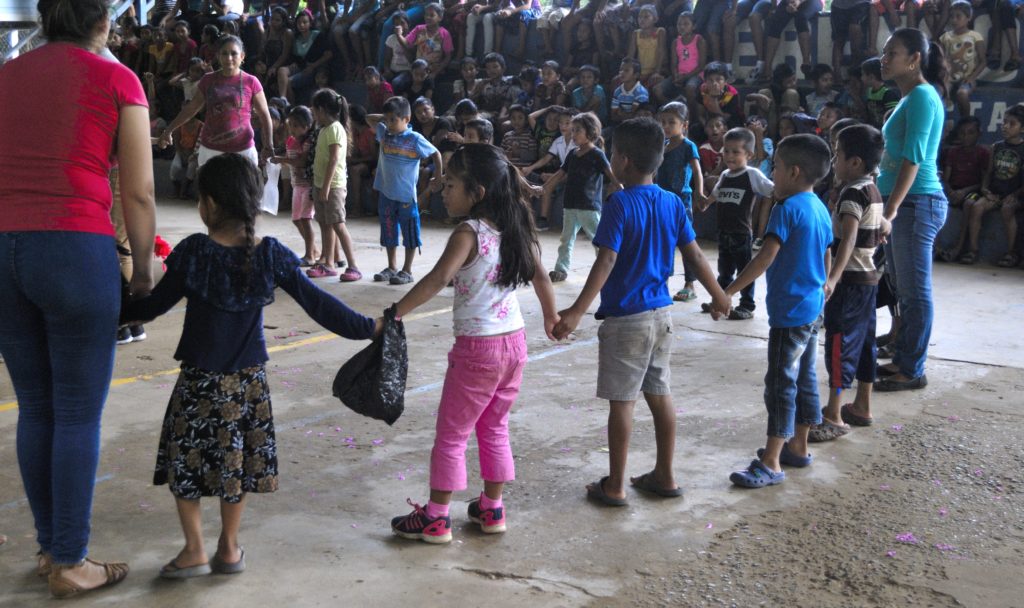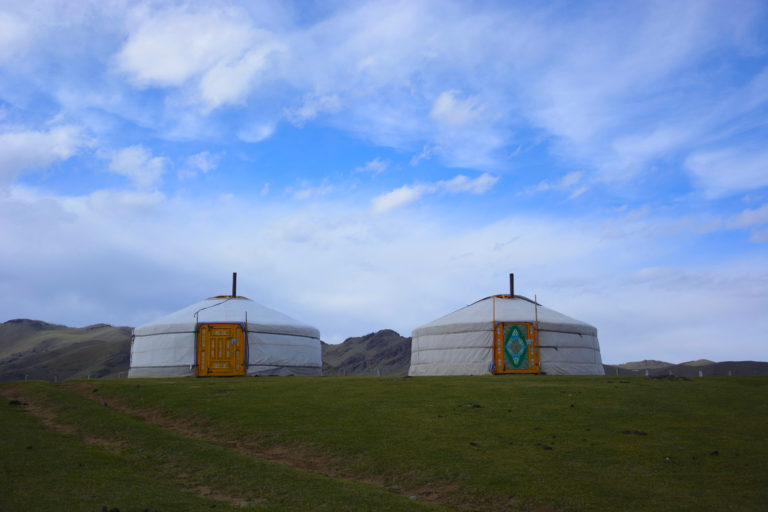
Social constructivism emphasizes the collaborative nature of learning and the importance of the cultural and social context. Learning is based on integration, relationship reinforcement and personal knowledge schemes buildup. This requires significant interactions between people within an environment that favors collaboration, research and creativity to solve problems. Therefore, knowledge is dynamically constructed through relationships between people and their physical and social environments.
Although there are multiple schools, its theoretical foundations are based on the studies carried out by Jerome Bruner, Jean Piaget and Lev Vygotsky. Vygotsky introduced the concept of social constructivism. The basic principles of this theory are: schools must provide learning and contextualized experiences in the real world; learning is a dynamic process constituted by a serie of adaptation stages to reality during which students actively construct knowledge, creating and testing their own theories; and finally Vygotsky states that knowledge develops as a result of social interactions and the use of language (UCD Dublin, s.f.). The learning process starts from the student’s experiences; the construction of meaning is an active and continuous process, in which situations of conflict are created, whose resolution contributes to meaningful learning (Coll, 2002). Vygotsky points out the role of the social and cultural context because this provides the necessary cognitive tools for the construction of learning. The tools are language, cultural history, social context and information and communication technologies (UCD Dublin, s.f.).
Creating meaninful experiences, generating a colaborative learning environment and helping students to see value in what they learn are powerful tools to motivate them. But, how can we implement it in the class? The Learning Expedition is a formative experience that shares with you the collective experience of +100 educators from the most innovative educational centers in the world.
In social constructivism students are actively involved in the learning process and take responsibility for it. Students build their own knowledge over their previous schemes and experiences. This knowledge is co-constructed among the individuals that make up the community. The zone of proximal development (ZPD) is defined as the process by which students can come to understand more complex concepts with the help of adults or more advanced students.
Teachers guide and support students during the learning process. Taking into account students’ previous knowledge and experiences, teachers promote the construction of knowledge through questioning. Learning is constituted as a process of active discovery. Teachers must create safe and relaxed environments in which students can question and reflect on the teaching-learning process. Additionally, they must design authentic tasks, contextualized and based on the real world problems, in addition to promoting collaboration and providing the necessary didactic resources. Therefore, curriculum and planification must be flexible to ensure the construction of meaningful learning.
The contents must raise problems of the real world, be contextualized and show their usefulness. Knowledge is dynamic and in constant evolution, breaking the conception that these are inert facts that the student must learn.
The most important methodological options are problem-based learning, simulation-based learning, case study approaches and incidental learning; always starting from cooperative work. Problem-based learning uses a relevant and real context, creating a cognitive dissonance that facilitates students’ involvement and commitment in the learning process. The development of meaningful learning and development of critical thinking is promoted.
Four cognitive strategies are applied: ask, summarize, clarify and predict. Students ask questions, research about a topic, and use different resources to find a solution. In the research process, students draw conclusions, reformulate their questions, explore new possibilities and redefine their conclusions. Reciprocal teaching is applied in which students are organized in small heterogeneous groups assuming a greater degree of responsibility for the material, establishing relationships and acquiring skills for learning and succeess.
The main teaching-learning activities are problem solving, discussions and debates. Discussions can be started from the presentation of certain concepts, problems, scenarios and is guided by questions, and concept clarifications and relationship with previous knowledge.
The evaluation is a tool that allows assessing the students’ learning and progress; it must not become a stressful and demoralizing process. Evaluation tools include portfolios, case studies, group projects, verbal presentations or posters, debates and role plays. The student must be involved in the evaluation process establishing criteria, methods, qualifications and feedback.
References
- Coll, C. et al. (2002). El constructivismo en el aula. (13a.ed.). Barcelona: Graó.
- Delgado-Noguera, M.A. (1991). Los Estilos de Enseñanza en laEducación Física. Propuesta para una Reforma de la Enseñanza. Granada:Editorial ICE.
- UCD Dublin(s.f.) Constructivism and social constructivism in the classroom. University College Dublin.



